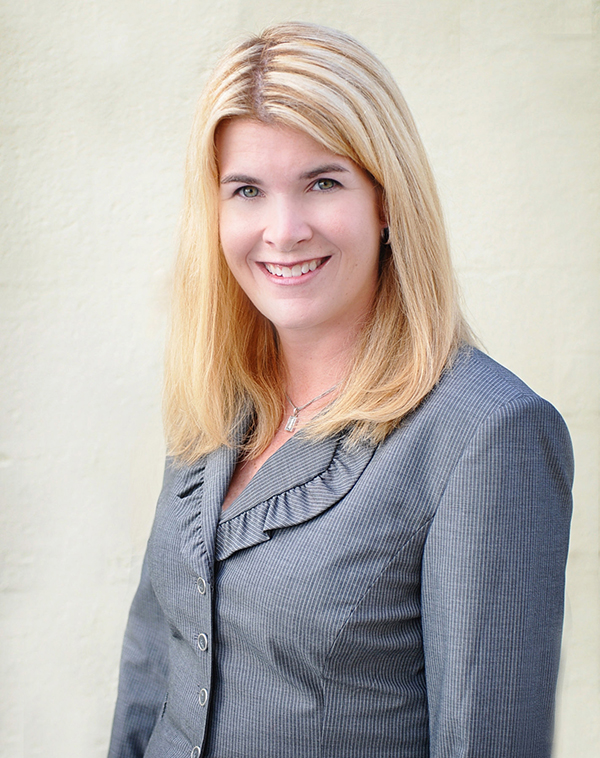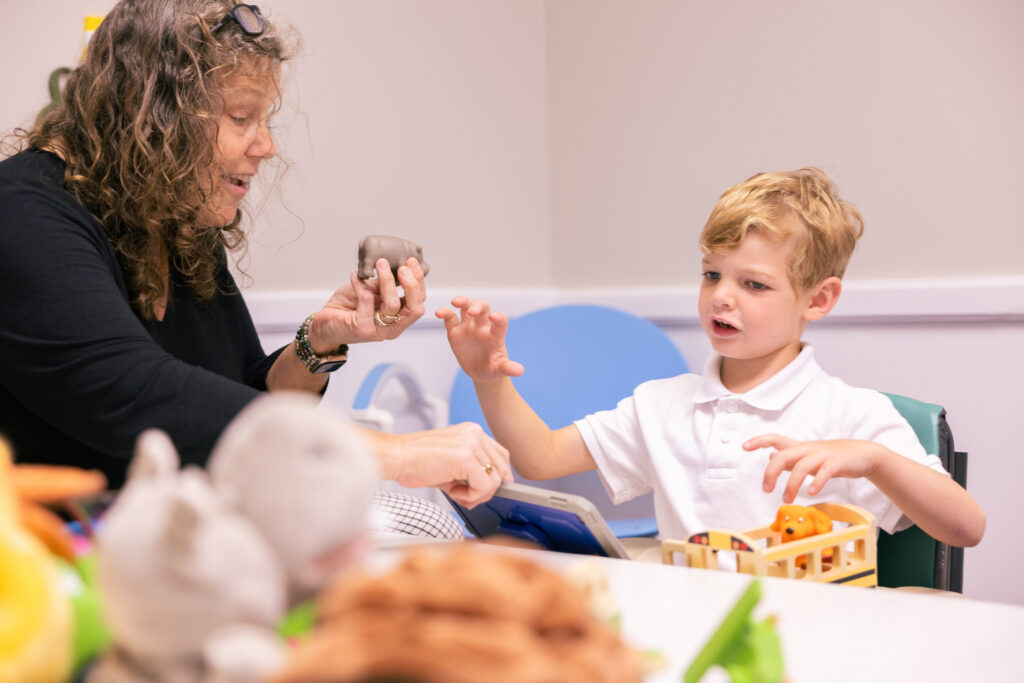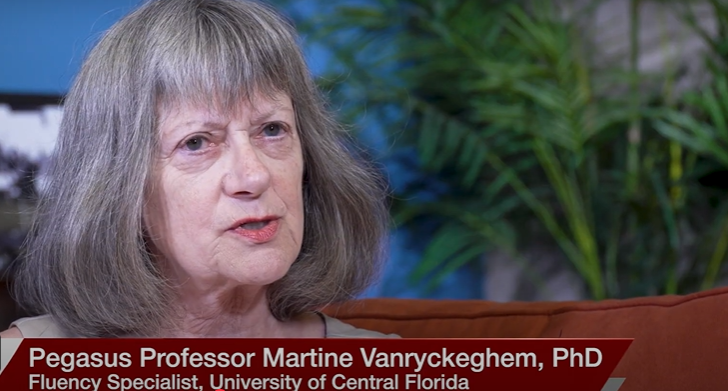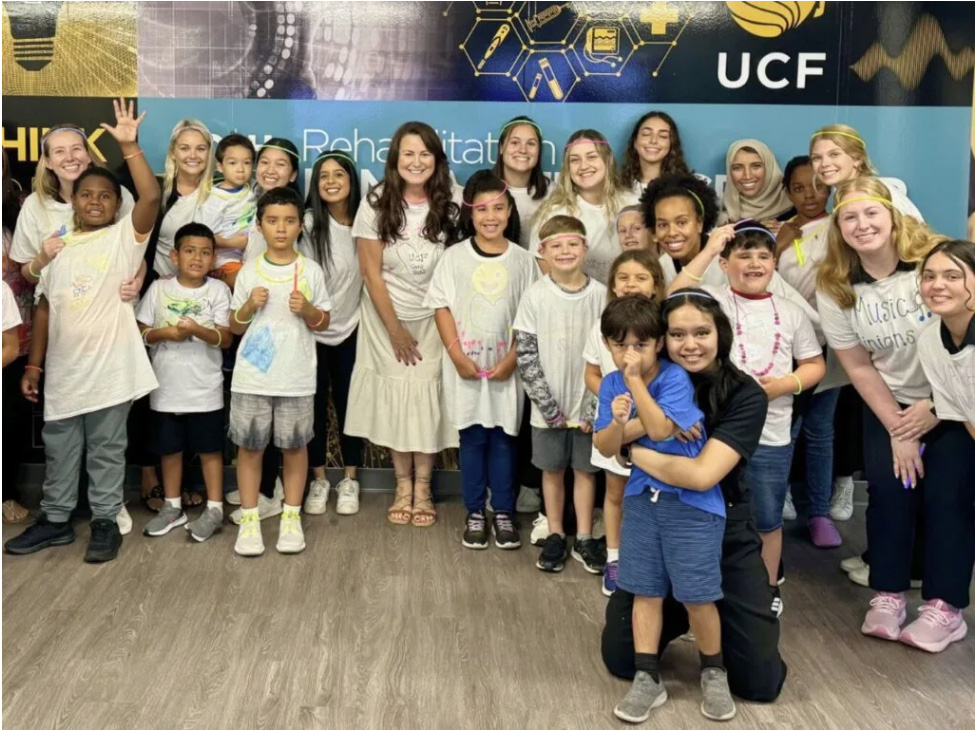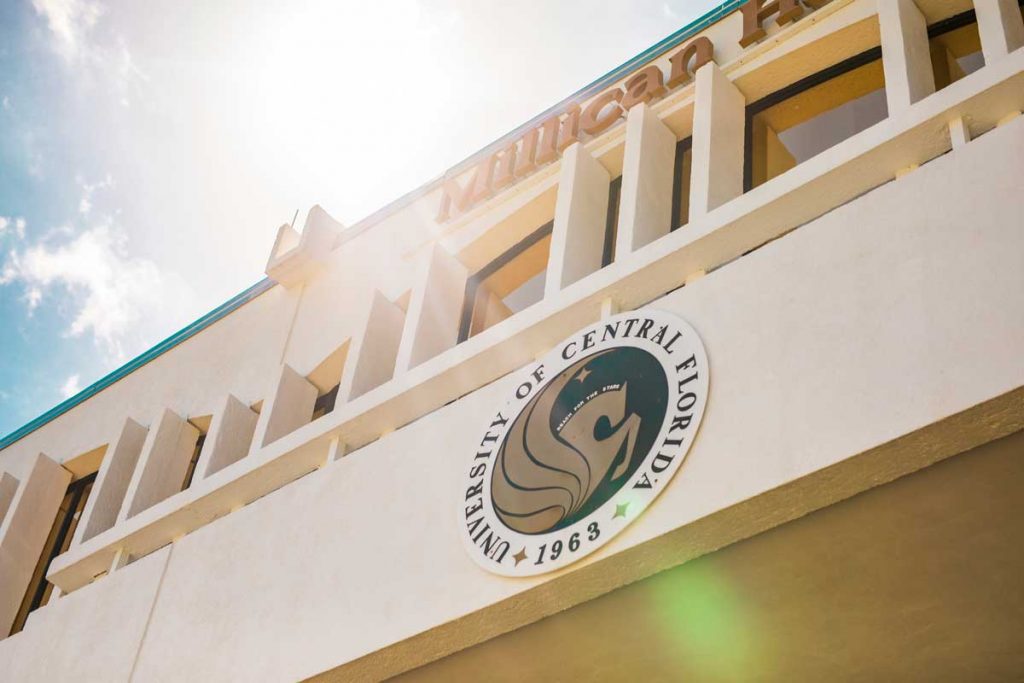Jennifer Kent-Walsh, professor of communication sciences and disorders, has been awarded a $437,812 grant from the National Institutes of Health to improve clinical services for young children with severe speech disabilities.
Kent-Walsh studies the use of augmentative and alternative communication (AAC) by individuals with severe speech problems to express their thoughts, needs, wants and ideas. More than 4 million Americans, including many young children with developmental disabilities, rely on AAC aids and devices to supplement their natural speech.
In her new project, Kent-Walsh will evaluate the impact of an AAC intervention program for preschool children with severe speech disabilities that combines tablet technology with language-learning techniques.
The tablet technology is an iPad with an AAC application that displays an array of single-meaning graphic symbols on the screen that a child can select. Mass marketing of tablet technology has prompted an increasing number of families and clinicians to turn to tablets with AAC apps for young children with significant speech disorders.
However, simply providing a young child with an iPad with an AAC app will not lead to functional communication skills, according to Kent-Walsh, who directs the FAAST Atlantic Region Assistive Technology Demonstration Center in UCF’s Communication Disorders Clinic.
Earlier AAC research suggested it may be very difficult for children to learn to combine graphic symbols to communicate grammatically correct sentences. But more recent studies, including a pilot project led by Kent-Walsh and funded by the American Speech-Language-Hearing Foundation, have revealed more encouraging results.
“We’ve found that even very young children with significant speech disabilities have the potential to learn to produce grammatically correct sentences using AAC when we implement short targeted interventions,” said Kent-Walsh.
In particular, interventions focused on early language and literacy can effect dramatic changes in children’s sentence production using AAC, she said.
The new project will enable Kent-Walsh and her team to conduct a larger investigation of an AAC intervention program with techniques informed by studies of child language disorders. They will teach young children the rules governing language structure and grammar so the children can generate multi-symbol phrases and sentences. Learning the rules will teach the children that each word in a sentence is important ― and that the word order is equally important ― to clearly convey a message.
Kent-Walsh and her collaborators believe these findings on language-focused interventions have the potential to impact AAC clinical practice in the years ahead.
“Without intervention services, the educational, social and employment outcomes for these children are not nearly as favorable,” she said.
In addition to advancing scientific knowledge of how children can use AAC to communicate, the study will help prepare a new generation of speech-language pathologists with expertise in the field. Undergraduate and graduate students studying communication sciences and disorders at UCF will participate in all aspects of the study, including working with Kent-Walsh and her colleagues Nancy Harrington, instructor of communication sciences and disorders at UCF; Cathy Binger, associate professor of speech and hearing services at the University of New Mexico; and Lesley Olswang, professor emeritus of speech and hearing services at the University of Washington.
“AAC technologies and services can supplement or completely replace natural speech in individuals with severe communication disabilities,” Kent-Walsh said. “We are eager to develop new interventions so speech-language pathologists can take full advantage of AAC to help these individuals express themselves as early in life as possible.”
Kent-Walsh is the lead author of one of just eight invited papers recently published in the 30th anniversary issues of Augmentative and Alternative Communication, a highly ranked rehabilitation publication and the official journal of the International Society for Augmentative and Alternative Communication. Her article, “Effects of Communication Partner Instruction on the Communication of Individuals using AAC: A Meta-Analysis,” appears in the journal’s most recent issue.
